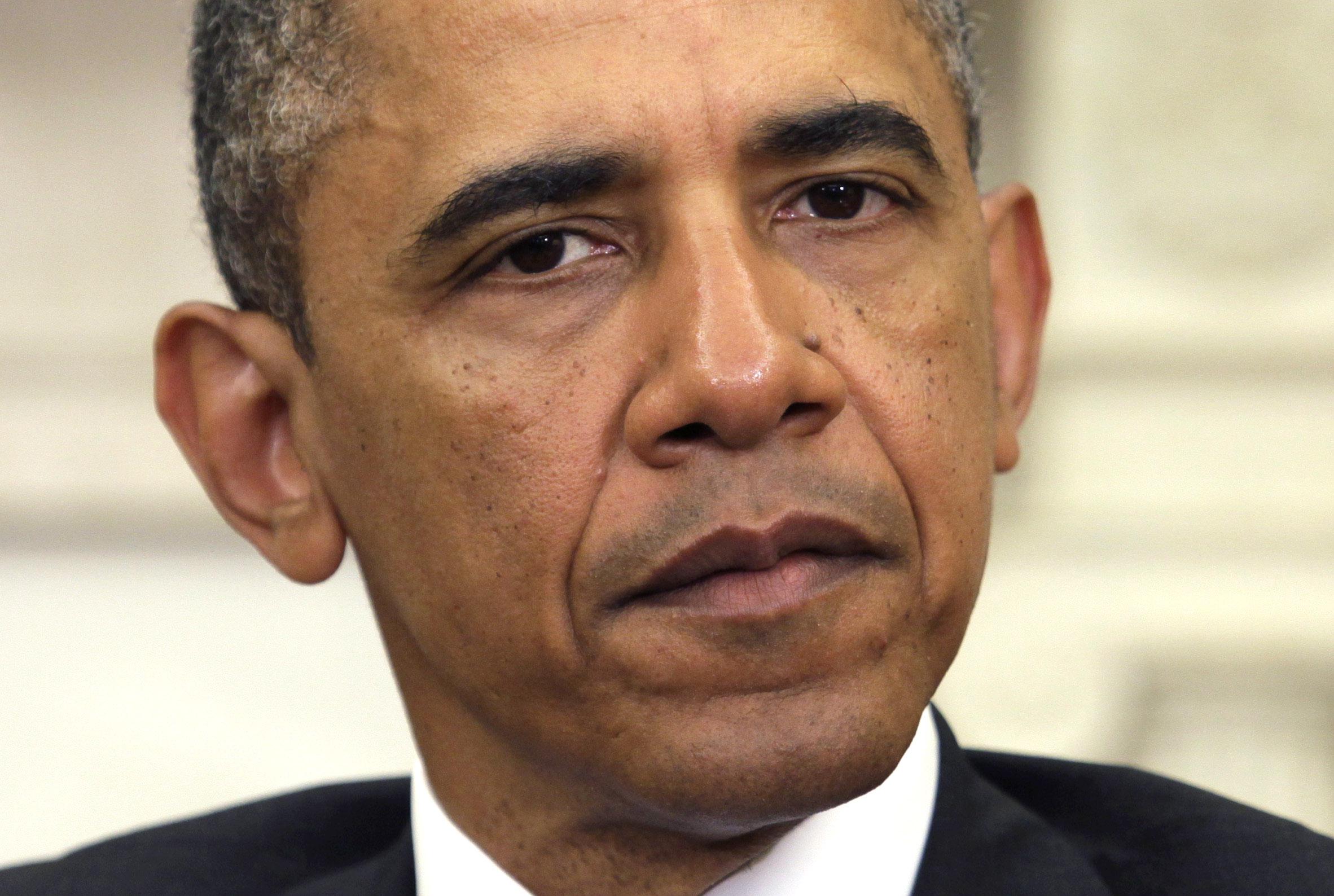Barack Obama has largely played a low-key role on immigration reform, and that’s largely been a good thing. By not putting himself aggressively out in front of the issue, he’s avoided the hyper-polarization of the debate that tends to come from presidential involvement. Kevin Drum wonders whether we’re really living in a world where this is what all the smart money thinks—that the president who leads best leads least visibly.
One counterexample that’s come up a lot on my trip to visit with European Union officials is the idea of a Trans-Atlantic Trade and Investment Partnership (TTIP) that Obama endorsed in his State of the Union Address and that the European Commission is set to formally begin a negotiating process on Friday. There are a lot of potential parts to a TTIP but one key area is regulatory harmonization. Right now, for example, car safety standards in the U.S. and EU are quite different even though car safety outcomes are similar. And right now the FDA and its European counterparts do separate inspections of pharmaceutical facilities on both sides of the Atlantic even though, again, drugs are similarly safe in the U.S. and EU. In principle, it should be possible to eliminate this kind of duplication of effort on a wide array of consumer safety issues. But actually doing it isn’t just a traditional negotiating process in which officials from both sides sign on a dotted line. You actually need the regulators working in the agencies to reach some kind of consensus, and to do that they need some kind of real sense of political direction from up top.
Presidential leadership can’t magically conjure up congressional votes for things members of Congress don’t want to support. But vocal presidential leadership can make a difference in terms of mobilizing the people working in the executive branch. The managers at any agency are operating at any given time under any number of guidelines from up top, pressures from lobbyists, and requests from Congress. Actions that clarify what the real priority hierarchy is can make a difference. Is this sort of harmonization something the administration really wants to see happen, or was it just something thrown into a State of the Union address and then siloed off into the U.S. trade representative’s docket?
